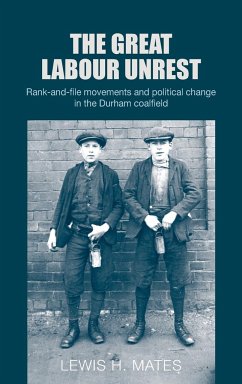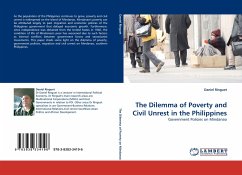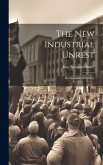This book examines the grassroots struggle between liberals, socialists and revolutionary syndicalists that peaked in the years 1910-14. At stake was control of the substantial resources, prestige and influence (regional and national) of Britain's most solidly established miners' union, the Durham Miners' Association. Drawing widely on a vast, rich and hitherto under-utilised body of primary sources, this is the first published account of a miners' union focused on the turbulent and highly contested 'Great Labour Unrest' period. After introducing the relevant themes and historiographical debates, the book charts the contexts in which the socialist challenge to the union's liberal leadership developed from the late 1890s. It considers the complex and bitter strikes in 1910 against the implementation of the Liberal government's eight-hour day legislation, and analyses the subsequent emergence and development of a mass rank-and-file movement in the coalfield demanding a miners' minimum wage. The role of syndicalist activists of various types is assessed, as are the problems of measuring the extent and nature of their influence. The Great Labour Unrest contributes to core debates about the 'rise of Labour', the relationship between industrial and political militancy, the nature and function of ideology, 'structure and agency' and 'rank-and-filism'. As such, it will appeal to academics, students and a wider audience interested in political, social and economic history, political thought, economics and industrial relations.








